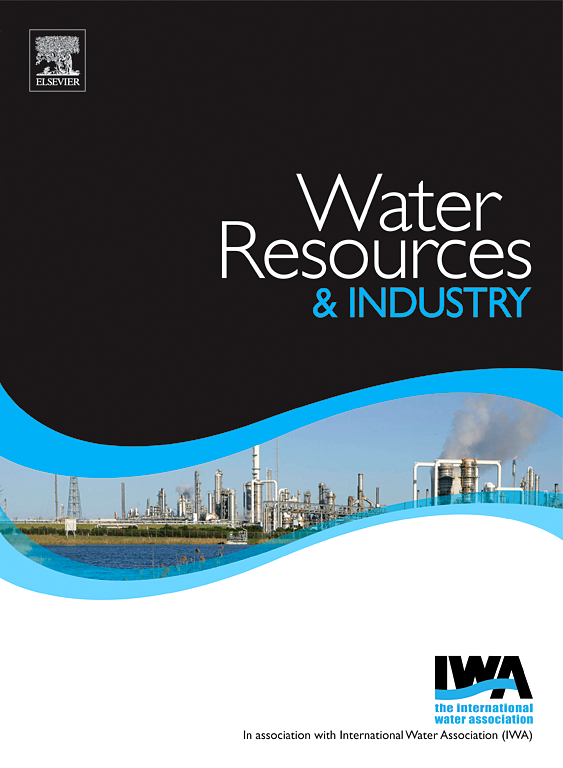Sustainable-circular water resources management in the mining industry using system dynamics modeling
IF 7.5
3区 工程技术
Q1 WATER RESOURCES
引用次数: 0
Abstract
Mining is seen as a water-consuming industry, whereas the number of mining industries increases, followed by the excessive consumption of groundwater. An efficient water management system, pursuing a global objective of sustainable development and circular solutions, is needed at the production process level. Hence, to separate economic development and growth from the excessive consumption of resources, the alternative Circular Economy (CE) model is recommended as a new paradigm of the economy for sustainable development. This study aims to design a dynamic model which allows the analysis of various scenarios in line with sustainable Water Consumption Management (WCM) in the mining industries, considering the components of CE. In this work, the water system of mining industries is modeled using the System Dynamics (SD) approach in a southern province of Iran, given the impact of components of the CE on water demand, industrial balance, and groundwater volume by 2041. Findings demonstrate that implementing three strategies of reduction, recovery and reuse in the mining industries of Bushehr Province through public policies encourages the use of water consumption reduction technology in the mining industry units, wherein greet growth in the number of active units, 90 % reduction in the stagnant units, 92 % reduction in water consumption per capita and 70 % reduction in the water demand of mining industries are observed. Therefore, compliance with CE principles in this industry can solve the main concerns of Water Resources Management (WRM), such as increasing water productivity, reducing water withdrawal from existing sources, and reducing per capita water consumption.
利用系统动力学建模的采矿业可持续循环水资源管理
采矿业被认为是一个耗水的行业,而采矿业的数量增加,随之而来的是地下水的过度消耗。在生产过程一级需要一个有效的水管理系统,追求可持续发展和循环解决方案的全球目标。因此,为了将经济发展和增长与资源的过度消耗分开,建议将循环经济(CE)模式作为可持续发展经济的新范式。本研究旨在设计一个动态模型,考虑到可持续用水管理的组成部分,该模型可以分析采矿行业可持续用水管理(WCM)的各种情景。在这项工作中,使用系统动力学(SD)方法对伊朗南部省份的采矿业水系统进行建模,考虑到CE的组成部分对2041年的水需求、工业平衡和地下水量的影响。研究结果表明,通过公共政策在布什尔省采矿业实施减量化、回收和再利用三种战略,鼓励采矿业单位使用节水技术,其中,采矿业活跃单位数量增加了1倍,停滞单位减少了90%,人均用水量减少了92%,需水量减少了70%。因此,在这个行业遵守CE原则可以解决水资源管理(WRM)的主要问题,如提高水生产率,减少从现有水源取水,减少人均用水量。
本文章由计算机程序翻译,如有差异,请以英文原文为准。
求助全文
约1分钟内获得全文
求助全文
来源期刊

Water Resources and Industry
Social Sciences-Geography, Planning and Development
CiteScore
8.10
自引率
5.90%
发文量
23
审稿时长
75 days
期刊介绍:
Water Resources and Industry moves research to innovation by focusing on the role industry plays in the exploitation, management and treatment of water resources. Different industries use radically different water resources in their production processes, while they produce, treat and dispose a wide variety of wastewater qualities. Depending on the geographical location of the facilities, the impact on the local resources will vary, pre-empting the applicability of one single approach. The aims and scope of the journal include: -Industrial water footprint assessment - an evaluation of tools and methodologies -What constitutes good corporate governance and policy and how to evaluate water-related risk -What constitutes good stakeholder collaboration and engagement -New technologies enabling companies to better manage water resources -Integration of water and energy and of water treatment and production processes in industry
 求助内容:
求助内容: 应助结果提醒方式:
应助结果提醒方式:


